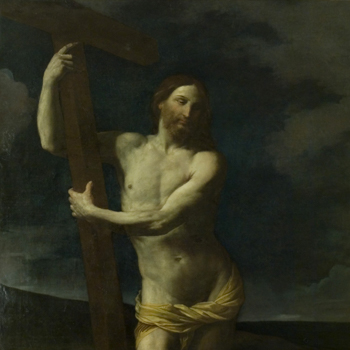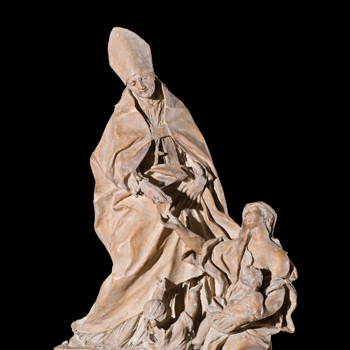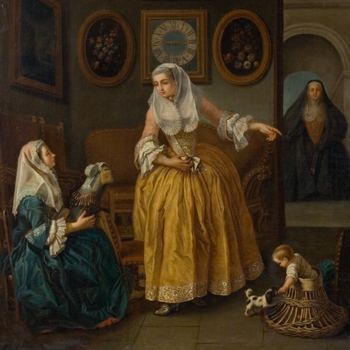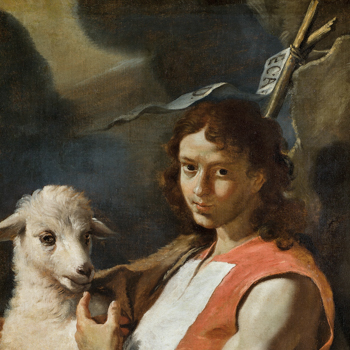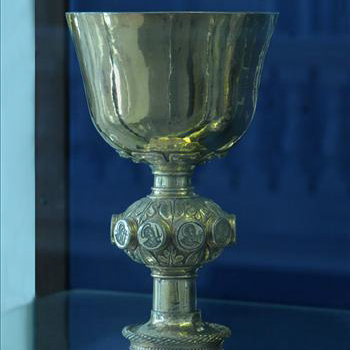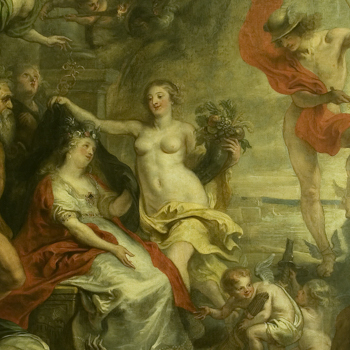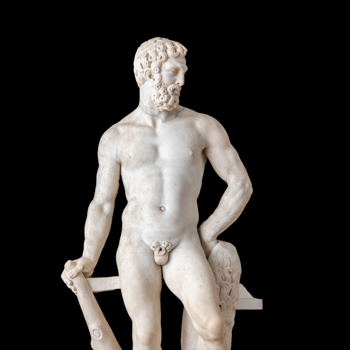Judith and Holofernes
Valentin de Boulogne was a French artist who, after his arrival at Rome in the early 17th century, fell heavily under the influence of Michelangelo Merisi da Caravaggio. Not only did he adopt Caravaggio’s tenebrist chiaroscuro but also took up the idea of representing the social underdogs that the famous Italian master loved to feature in his own paintings. At MUŻA, Le Valentin is represented by one of his finest works, the oil-on-canvas ‘Judith and Holofernes’ which blatantly reveals the deep mark Caravaggio had left on the French artist. It screams all features Caravaggesque: the bold chiaroscuro, the virtually tangible realism, the choreographed drama, and the characterisation in the three protagonists: Holofernes’ surprise, shock, fear and helplessness at the hands of Judith, determined to complete her act, and the attendant old maid who looks on with bold callousness.


